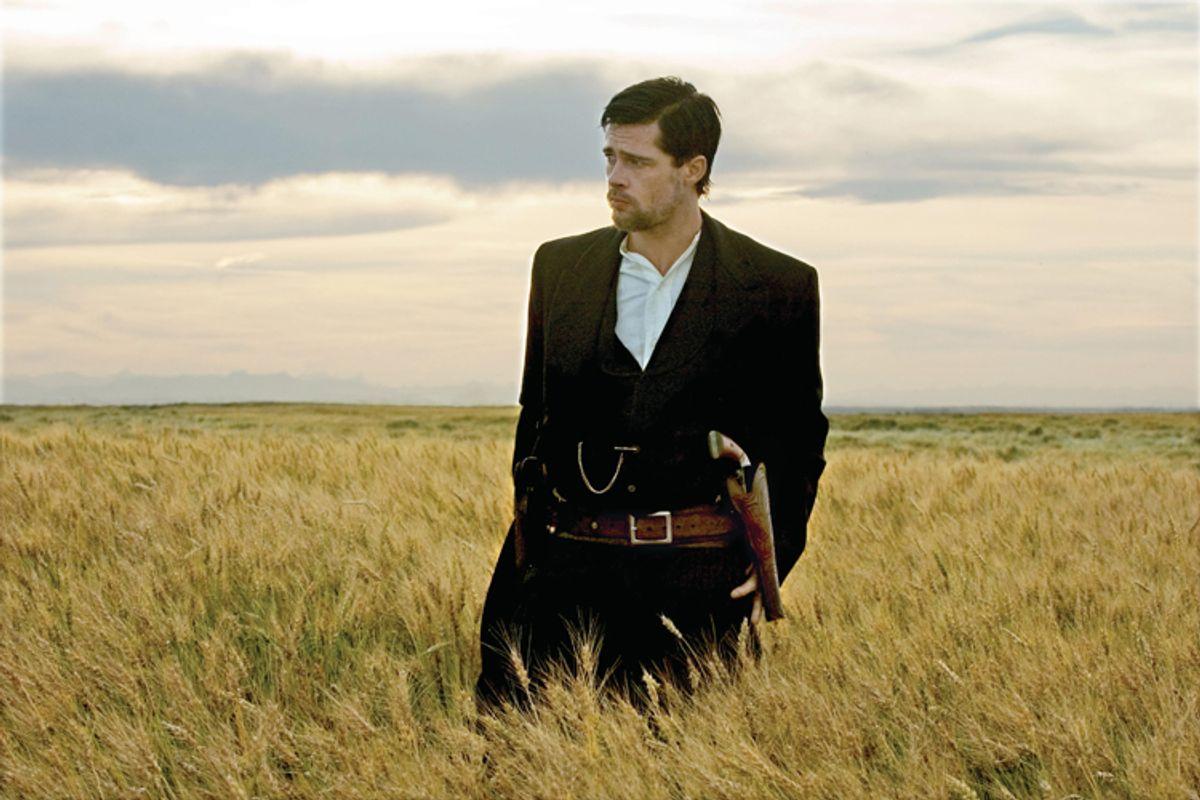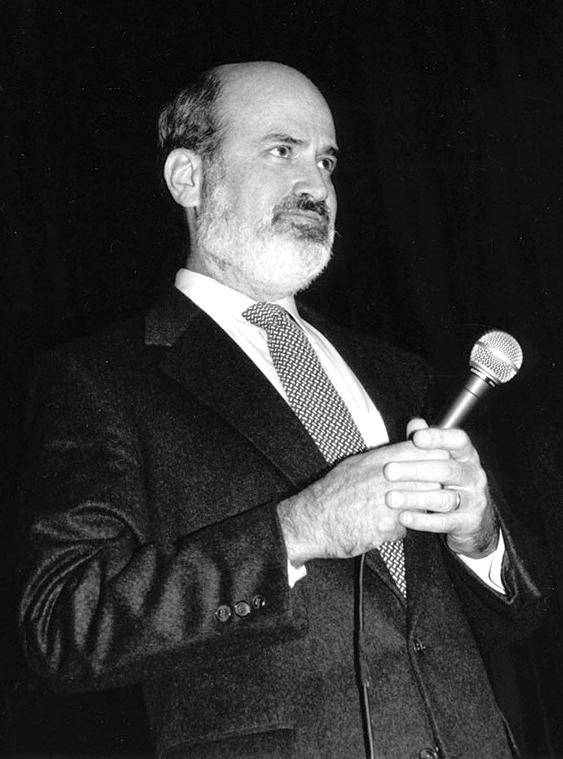Terrence Malick, a luminary in contemporary cinema, is renowned for his distinctive approach to filmmaking, where the natural world and poetic elements converge to create a unique narrative tapestry. His oeuvre, spanning several decades, is marked by a profound engagement with the environment, not merely as a backdrop but as a pivotal character that shapes and reflects the human condition. Malick’s visual storytelling transcends conventional narrative structures, instead inviting viewers into a contemplative space where nature and poetry intertwine. This article delves into Malick’s innovative use of these elements, examining how they contribute to the thematic depth and aesthetic richness of his films. Through an analytical lens, we explore how Malick’s integration of the natural world and poetic imagery crafts a cinematic experience that is both immersive and introspective, challenging audiences to reconsider their relationship with the world around them.
Terrence Malicks Cinematic Language Analyzing the Role of Nature in Visual Storytelling
Terrence Malick’s films are renowned for their ethereal beauty, where nature serves as more than just a backdrop—it becomes a character in its own right. His cinematic language often blurs the lines between the human experience and the natural world, inviting viewers to contemplate their place within it. Through sweeping landscapes and intimate close-ups of flora and fauna, Malick crafts a visual poetry that speaks to the soul. Nature in Malick’s films often symbolizes the eternal, the divine, and the mysterious forces that govern life, creating a visual dialogue that challenges the viewer to see beyond the mundane.
- Interplay of Light and Shadow: Malick uses natural light to create dynamic compositions, often capturing the golden hues of dawn or the somber tones of dusk.
- Soundscapes of Nature: The rustling of leaves, the chirping of birds, and the whispering of the wind are woven into the auditory fabric of his films, enhancing the immersive experience.
- Symbolic Landscapes: From the vast plains of “Days of Heaven” to the dense jungles of “The Thin Red Line,” each setting carries symbolic weight, reflecting the inner turmoil or peace of the characters.
Through these elements, Malick’s use of nature transcends mere aesthetics, becoming a profound element of storytelling that resonates with universal themes of existence, time, and spirituality.
Exploring Poetic Imagery How Malick Weaves Poetry into Film Narratives
Terrence Malick’s films are renowned for their ethereal beauty and profound exploration of the human condition, often achieved through his masterful use of poetic imagery. This unique approach involves weaving nature and poetry seamlessly into the fabric of his narratives, creating a cinematic experience that is both visually stunning and emotionally resonant. Malick’s films, such as The Tree of Life and Days of Heaven, serve as a testament to his ability to transform natural landscapes into living poems, where every frame is meticulously crafted to evoke a sense of wonder and introspection.
In Malick’s visual storytelling, the natural world is not merely a backdrop but an integral character that interacts with the human story. Through his lens, the wind becomes a whisper of untold stories, water reflects the fluidity of time, and light dances to reveal hidden truths. His use of natural elements often mirrors the internal states of his characters, creating a poetic dialogue between the physical and the metaphysical. Key elements that characterize Malick’s poetic imagery include:
- Symbolic landscapes: Mountains, rivers, and fields that echo the emotional landscapes of the characters.
- Natural sounds: The rustling of leaves and the gentle murmur of streams, providing a rhythm to the narrative.
- Light and shadow: Used to symbolize hope, despair, and the passage of time.
By blending these elements, Malick crafts films that resonate on a deeply poetic level, inviting audiences to ponder the beauty and complexity of existence.

Nature as a Character Understanding Malicks Unique Perspective on the Natural World
Terrence Malick’s films often transform nature from a mere backdrop into a living, breathing character that interacts with the human narratives unfolding within it. His unique perspective is not just to depict the natural world, but to infuse it with a poetic presence that mirrors and amplifies the inner lives of his characters. In Malick’s universe, nature is not passive; it is a vibrant, dynamic force that shapes the story as much as any human protagonist. Through his meticulous attention to detail and his ability to capture the sublime, Malick invites the audience to see nature as a reflection of the human condition, with its beauty, chaos, and transcendence.
- Symbolic Landscapes: Malick uses landscapes to symbolize emotional states, turning fields, rivers, and skies into extensions of his characters’ souls.
- Interwoven Sounds: The ambient sounds of nature in his films often blend seamlessly with the score, creating a symphony that underscores the narrative.
- Visual Poetry: His use of light, shadow, and movement evokes a sense of wonder and contemplation, inviting viewers to engage with the natural world on a deeper level.
By elevating nature to the status of a character, Malick challenges conventional storytelling and encourages a dialogue between humanity and the environment. His films serve as a reminder of the interconnectedness of all life, urging us to consider our place within the vast tapestry of the natural world.

Recommendations for Filmmakers Integrating Nature and Poetry in Cinematic Works
Filmmakers seeking to emulate Terrence Malick’s evocative blend of nature and poetry should consider several key strategies to enhance their visual storytelling. First, embrace natural landscapes as a primary character in your narrative. Malick’s films often feature vast, unspoiled vistas that speak volumes without uttering a word. Capture the subtleties of light and shadow, the movement of wind through trees, and the quiet majesty of untouched wilderness. This approach not only creates a visually arresting backdrop but also allows the environment to reflect the emotional undertones of the story.
- Utilize poetic voiceovers: Integrate reflective narration that delves into the characters’ innermost thoughts and emotions, much like Malick’s signature style.
- Prioritize visual metaphors: Use imagery to convey themes and emotions, enabling the audience to experience the story on a deeper, more intuitive level.
- Focus on natural soundscapes: Incorporate the sounds of nature to enhance the atmosphere, providing an immersive auditory experience that complements the visual narrative.
consider the rhythm and pacing of your film. Like a well-composed poem, each scene should flow seamlessly into the next, creating a harmonious balance between dialogue, visuals, and sound. This thoughtful integration of nature and poetry can transform a cinematic work into a profound meditation on the human experience.
